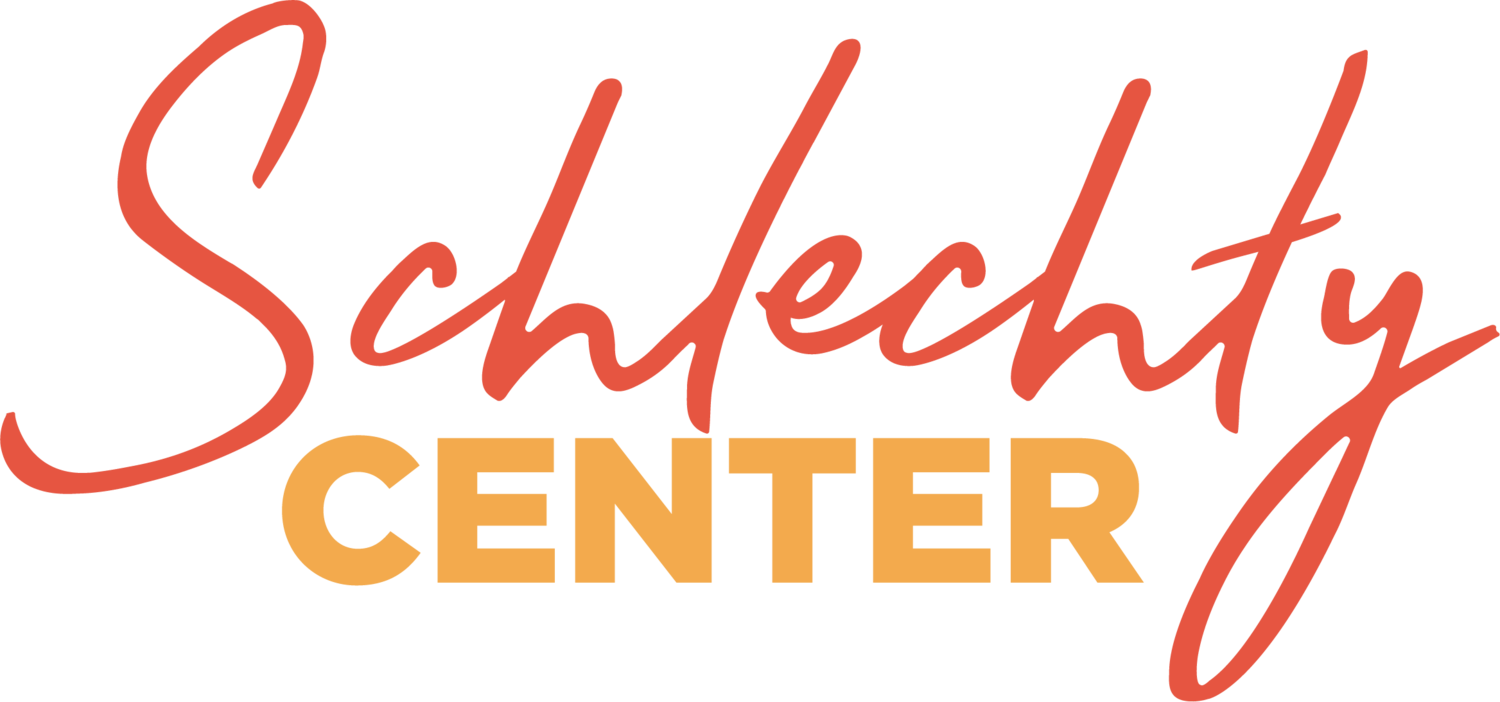Introduction
In our work at the Schlechty Center, we have learned that new leadership often means a new direction for both schools and school districts. It is no wonder that building ownership and commitment to direction is so difficult to achieve. When a new leader arrives, or a new board election occurs, it usually means “a new broom sweeps clean.” The result is often cynicism and mistrust as exemplified by comments such as “This too shall pass” or “Here they go again.”
Part of the reason for this is that leaders are often adept at installing programs, projects, and initiatives—but inept at sustaining them. Phillip Schlechty wrote extensively about the need for innovation and could see the problems that resulted when school leaders neglected to build the capacity of their district or school to support changes needed to sustain innovation. He was also concerned about the preoccupation with fixing bad schools. He understood that strategies to make bad schools adequate are not the same as strategies to make good schools great.
These concerns led Schlechty to write Creating Great Schools, which was published in 2005. In this book he differentiates between operating systems, which define how work is done, and larger social systems, which define the cultural and structural context in which operating systems must carry out their tasks. He identified six critical social systems:
Directional System
Knowledge Development and Transmission System
Recruitment and Induction System
Boundary System
Evaluation System
Power and Authority System
After completing Creating Great Schools,Dr. Schlechty began writing another book. In this next book there is a shift. Creating Great Schools was about reform; this later book, Leading for Learning, published in 2009, was about transformation—the need for schools to be transformed from bureaucratic institutions into learning organizations.
Transformation by necessity includes altering the beliefs, values, and meanings—the culture—in which programs are embedded, as well as changing the current system of rules, roles, and relationships—social structure—so that the innovations needed will be supported. Reform, in contrast, means only installing innovations that will work within the context of the existing structure and culture of schools.
Leading for Learning, p. 3
It became clear to Schlechty Center associates that what was a useful framework for reformers is an essential framework for leaders of transformation. Indeed, one of the most important differences in learning organizations and bureaucracies has to do with which of the critical systems described above receive the majority of leaders’ time and attention. The figure below illustrates how the relative dominance of systems in a learning organization differs from that in a bureaucracy.
Using Phillip Schlechty’s Creating Great Schools as a resource, the Schlechty Center has developed this tool to be an organizational self-assessment used by school or district leaders to assess their organization’s capacity to establish and maintain direction. The self-assessment reveals what is in place to either support or inhibit the capacity of the organization to move forward. It suggests which critical systems should receive time and attention from leaders.



